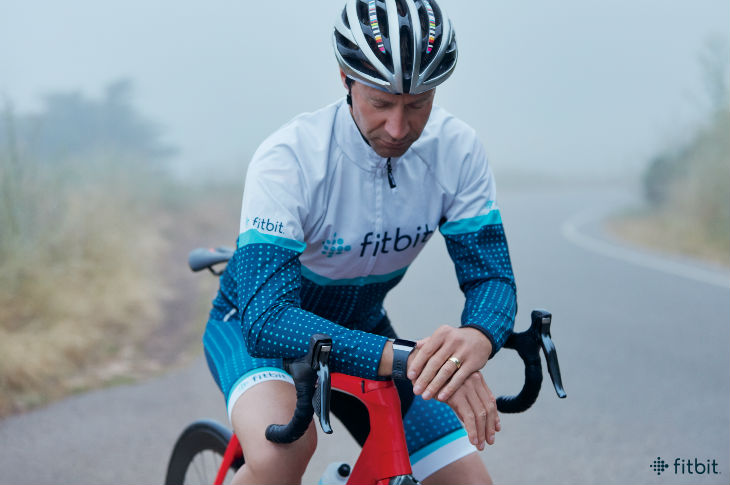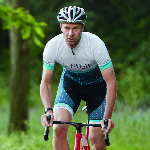
Let’s talk about setting up your bike. It’s important to do so because if you’re like me, you’ll be spending a lot of time on it. As fun as riding your bike is, it’s even more enjoyable when your bike fit is just right.
Types Of Bikes
Setting up a bike properly serves many purposes. With so many different types of bikes out there, you should bear in mind that all bikes need a proper setup.
One thing I learned early on in my career is how to adjust the seat to its correct height. There’s an easy test to ensure your seat is in the right position: While seated, straighten one leg all the way—can your heel touch the pedal at its lowest position while keeping that leg straight? If so, your seat is at the right height. If, however, you have to bend your leg when your foot touches the pedal, your seat is too low. And if the straight leg’s hip moves down, then your seat is too high.
Stock Up On Sturdy Wheels
For tires, I would propose a minimum diameter of 23 millimeters—or, even better, a 25-millimeter tire. That gives you more comfort and better rolling resistance.
Wheels depend on how deep your pockets are and how serious you are about your riding. For most of my career, my training wheels where classic 32-spoke wheels with an alloy rim. These are safe, sturdy, reliable and long-lasting. Today, most wheels are made from carbon, which makes them great and lightweight, but just a little more sensitive when it comes to hitting a pothole in the road.
How To Ride
When you ride, your foot should be at a slight angle. It should never be completely horizontal when your pedal stroke is in the lowest position.
Now, look at the distance from the tip of your seat to your head stem. Before getting on your bike, put your lower arm between the tip of your seat and the handlebars; then touch the tip of the seat with your elbow while straightening your arm forward so that your fingertips just pass the screws of the head stem.
The length of your head stem depends on how low you want to sit. Riders in the Tour de France, for example, opt for a very aerodynamic position, but recreational riders need a more relaxed fit. The first option makes you faster because you produce less air resistance, but it’s a lot less comfortable—something I’m thoroughly experienced with after spending the majority of my life in that position. Nowadays, though, I prefer the second option: It’s still sporty, but you’re not as tucked into the bike.
Note: Your arms should never be stretched out fully when reaching for the upper part of your handlebar; however, you might stretch them out fully when you grab your brake levers.
When you plan on riding long miles, you should sit normally on your bike and hold your handlebar on the top in a relaxed way. That way, you don’t tire your back too quickly and your head can stay upright for better and longer-range vision, without having to crane your neck too much. That can cause fatigue, as well as a sore or stiff neck. Now that you’ve improved your position on the bike, get out there and enjoy a comfortable and aerodynamic ride.
This information is for educational purposes only and is not intended as a substitute for medical diagnosis or treatment. You should not use this information to diagnose or treat a health problem or condition. Always check with your doctor before changing your diet, altering your sleep habits, taking supplements, or starting a new fitness routine.

Great in-depth tips. will make sure to follow them. thanks for such an amazing article.